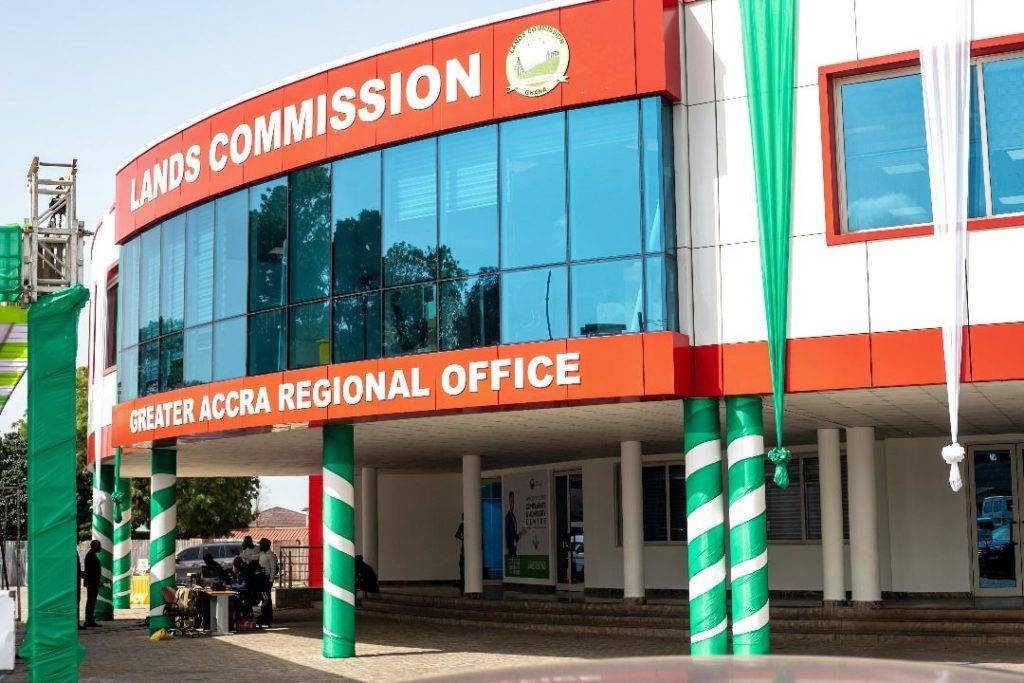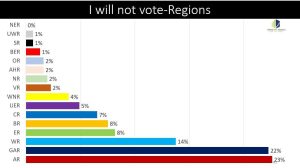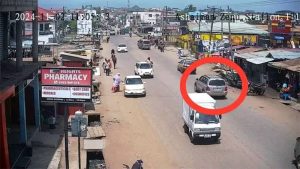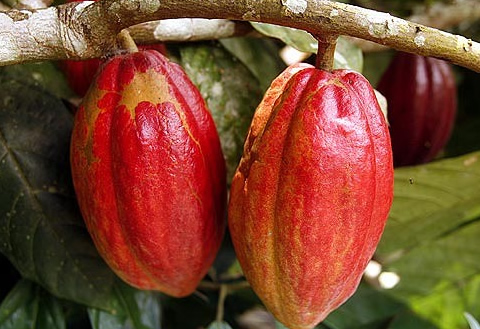
The Greater Accra Regional Security Council has announced plans to demolish illegal buildings at the Sakumo Ramsar site in Sakumono, beginning next week.
This decision was disclosed by the Chairman of the Council and Greater Accra Regional Minister, Titus Glover, during a recent working visit to the area.
The Sakumo Ramsar wetlands, also known as the Sakumo Lagoon, cover approximately 1,340 hectares. Once a thriving ecological area, hundreds of acres of these vital wetlands have been replaced by rows of completed and uncompleted housing structures.
The Forestry Commission estimates that about 620 acres, including portions cultivated under the Coastal Wetlands Management Project between 1995 and 2000, have been destroyed.
Efforts to demolish illegal structures in the past have been met with stiff resistance from local residents and developers. During his visit to the site, Minister Titus Glover expressed disappointment over the continued encroachment, noting that new buildings are still being constructed despite previous warnings.
Minister Glover emphasized the urgency of halting further development on the wetlands, stating, “Although there are plans to regularize the status of those who have already built on the core areas, the negotiation process has not been concluded. Hence, there is a need to stop any further development on the site.”
He issued a two-week ultimatum for all developers to cease construction and vacate the Ramsar site, declaring, “As the Regional Minister, I will ensure that all wetlands taken over by developers are reclaimed to their natural state.”
The Ramsar Convention, an international treaty for the conservation and judicious use of wetlands, was signed in Ramsar, Iran, in 1971, becoming effective in 1975.
Ghana became a signatory to this convention in 1988, highlighting its commitment to the preservation of wetlands of international importance.
The Sakumo Ramsar site was established in 1992 alongside four other coastal Ramsar sites in Ghana. Unlike the other four sites, which are owned by local chiefs and traditional authorities, the Sakumo site is state-owned.
The 13.6 square kilometer Sakumo Ramsar site was part of lands acquired from the Nungua stool by the Tema Development Corporation.
The site has a catchment area of 222 square kilometers, which drains into the 1.6 square kilometer Sakumo Lagoon. This area plays a crucial role in flood control by acting as a reservoir for floodwaters, facilitating the exchange between the sea and the lagoon.
Additionally, the site provides a habitat for diverse wildlife, particularly migratory birds from Europe and Asia. At its peak, the site welcomed around 32,500 migratory birds, representing 66 different species.
The Sakumo Ramsar site also serves as a breeding ground for marine fish, supporting the livelihoods of over 300 fishermen. However, due to the ongoing illegal developments and the resultant siltation of the lagoon, these ecological and economic benefits have been severely compromised.
Encroachment on the site was first noticed in 2006, leading to some initial demolition efforts. However, illegal development has persisted, threatening the site’s ecological balance and its role in flood management.
As the government moves forward with the demolition of illegal structures, the fate of the Sakumo Ramsar site remains a critical issue for environmental conservation and sustainable urban development in the Greater Accra Region.
Read also:
All caterers under School Feeding Programme to reapply through online platform – Gender Minister
The post Greater Accra Regional Security Council to demolish illegal structures on Sakumo Ramsar Site first appeared on 3News.
Read Full Story














Facebook
Twitter
Pinterest
Instagram
Google+
YouTube
LinkedIn
RSS